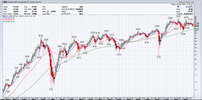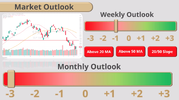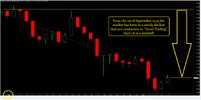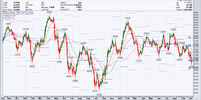- Joined
- 28 August 2022
- Posts
- 7,232
- Reactions
- 11,798
Mr Skate very true and wise words. But sometimes the opposite respons is received by those who are so self righteous that only their thoughts and beliefs are all that is worthy,@farmerge, @Joe Blow always tags his posts with "Be kind and respectful to others at all times and help them if you can. Always take the high road, even if it's difficult".
When we take the high road, we choose to act with integrity, respect, and kindness even when faced with difficult or disagreeable people. This can be challenging, especially when others may not behave in a way that we don't agree with. By choosing to act with integrity, respect, and kindness, we can build trust and respect, which leads to more positive outcomes.
Skate.




